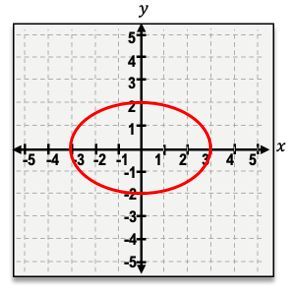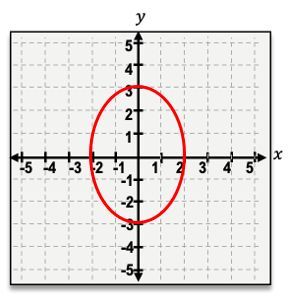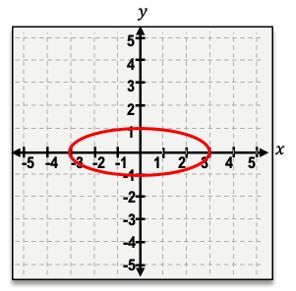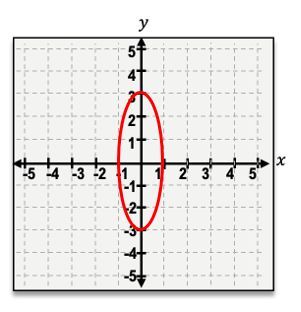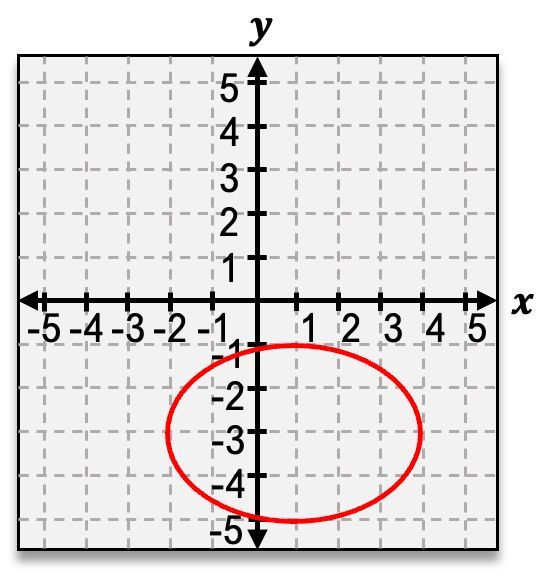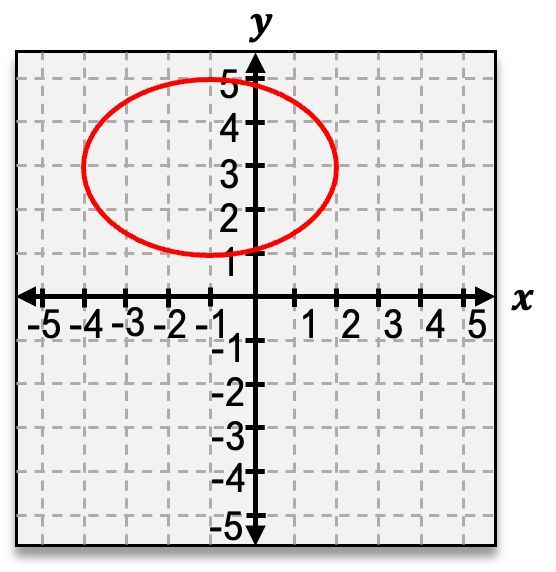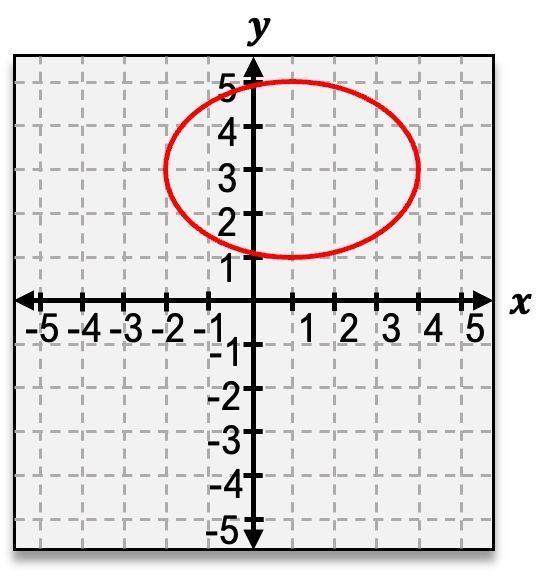Welcome back, everyone. So up to this point, we've been talking about conic sections. And in the last video, we looked at the circle shape. In this video, we're going to take a look at the ellipse. The ellipse forms when you take a three-dimensional cone and slice it with a two-dimensional plane at a slight angle. Slightly tilt the plane into the cone to give you this ellipse shape, which we're going to talk about in this video. The ellipse is a bit more complicated than the circle because there's more that you need to keep track of when it comes to your graph and equation. But don't sweat it because in this video, we're going to figure out that there are actually some similarities between the circle and the ellipse. And even though it's a bit more complicated, the problem should be pretty straightforward once you know how the equations and graph work. So let's get right into this.
We've already looked at a circle and figured out that the circle depends on its radius. This radius tells us the distance from the center of the circle to any point on it. From this graph here, the circle has a radius of 3 units. That means that any distance you travel to, any point on the circle, is always going to be a distance of 3 from the center. The equation for a circle looks like this:
x2 + y2 = r2Imagine that we take this circle and stretch it horizontally. If we were to stretch this circle, we would end up getting a shape which is a bit different than the circle in that it doesn't have the same symmetry all the way around. Because the distance from the center of the ellipse to this point is not the same as the distance from the center to that point. To define this new shape, there are two distances that we're going to need to keep track of. And this shape is what we call the ellipse because there are going to be 2 distances, which are the semi-major axis and the semi-minor axis that define the shape. The semi-major axis is just going to be the larger of the 2 axes. So if I look at a, I can see that a is 4 units long, and b here is 3 units long. And since a is bigger than b, that means a is going to be the semi-major axis, whereas b is going to be the semi-minor axis.
This is the main idea of the horizontal ellipse. But what do you think would happen if we took this same circle and now stretched it vertically instead of horizontally? If we vertically stretch the circle, we would end up getting a vertical ellipse. The way the vertical ellipse works is the major axis, where the ellipse is stretched, is now going to be on the y rather than the x. For our vertical ellipse, a is still 4 units but this time a is up and down rather than left and right. And if we look at our b value, well, we can see that b is still 3 units long, but now b is left and right rather than being up and down like before. So a is still the semi-major axis, and b is still the semi-minor axis, but now it's just the directions that are switched.
The equations for the ellipses are as follows. For the horizontal ellipse, the equation is: x2 a2 + y2 b2 = 1 and for the vertical ellipse, the equation where a2 and b2 are switched to accommodate the stretch on the y axis: x2 b2 + y2 a2 = 1 It's important to know that whenever you see this variable a, it always tells you the longest distance from the center of the ellipse to the outside.
One more thing I want to mention is just kind of a way to remember these equations. If you take the circle equation and rewrite it by dividing r2 by every term, which you can do if you do it to both sides of the equation, you can cancel the r2s, giving you x2r2 plus y2r2 equals 1. Notice how this equation looks similar to the other two equations for the ellipses. The only main difference is this distance is the same. It's the radius because we have symmetry all the way around the circle. Whereas these two equations have 2 different distances, a and b, because we don't have the same symmetry all the way around the shape.
This is the main idea and concepts behind the graphs of ellipses at the origin where the center is right in the middle of the graph. Hope you found this video helpful. Thanks for watching, and let's move on.

